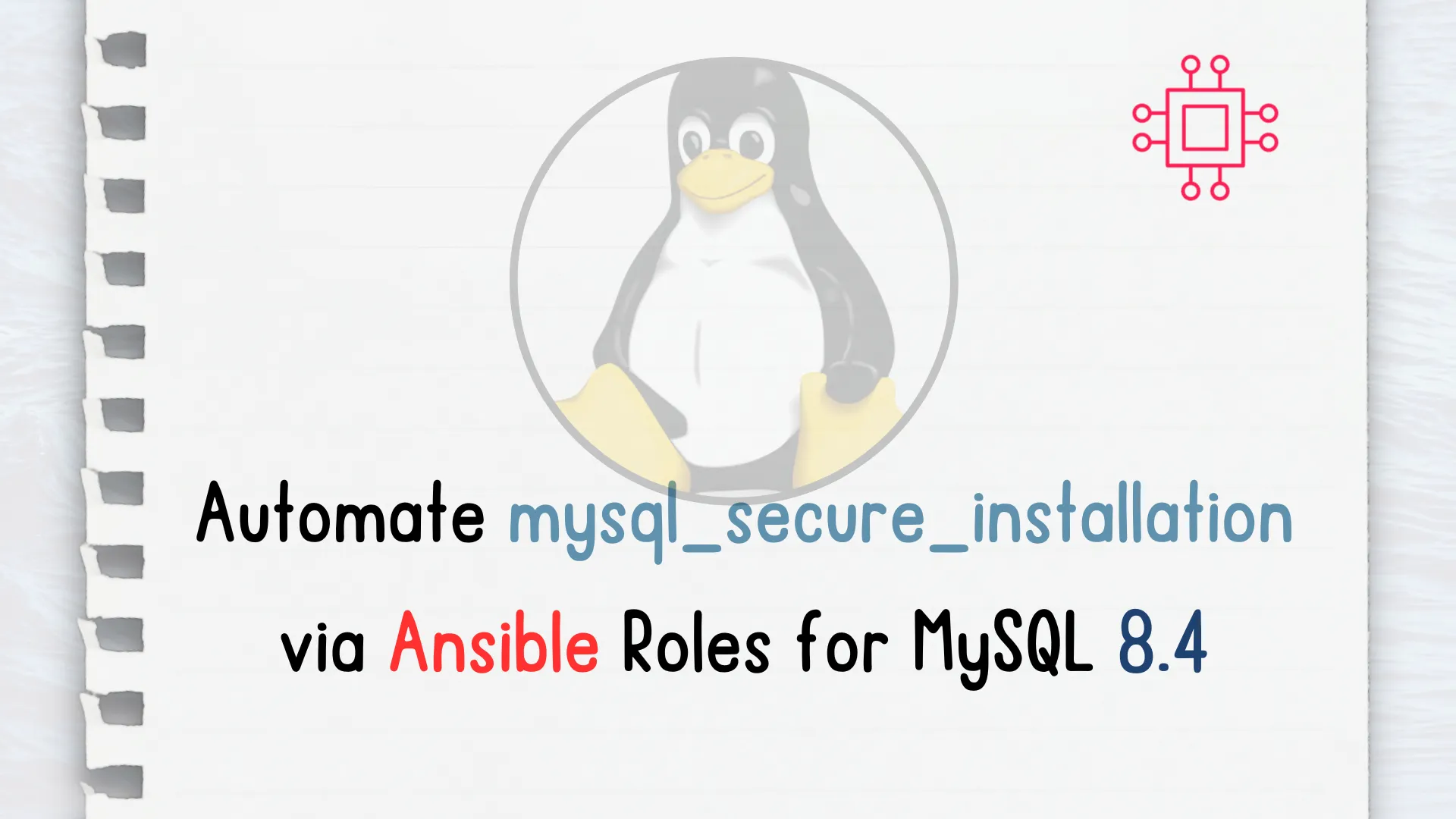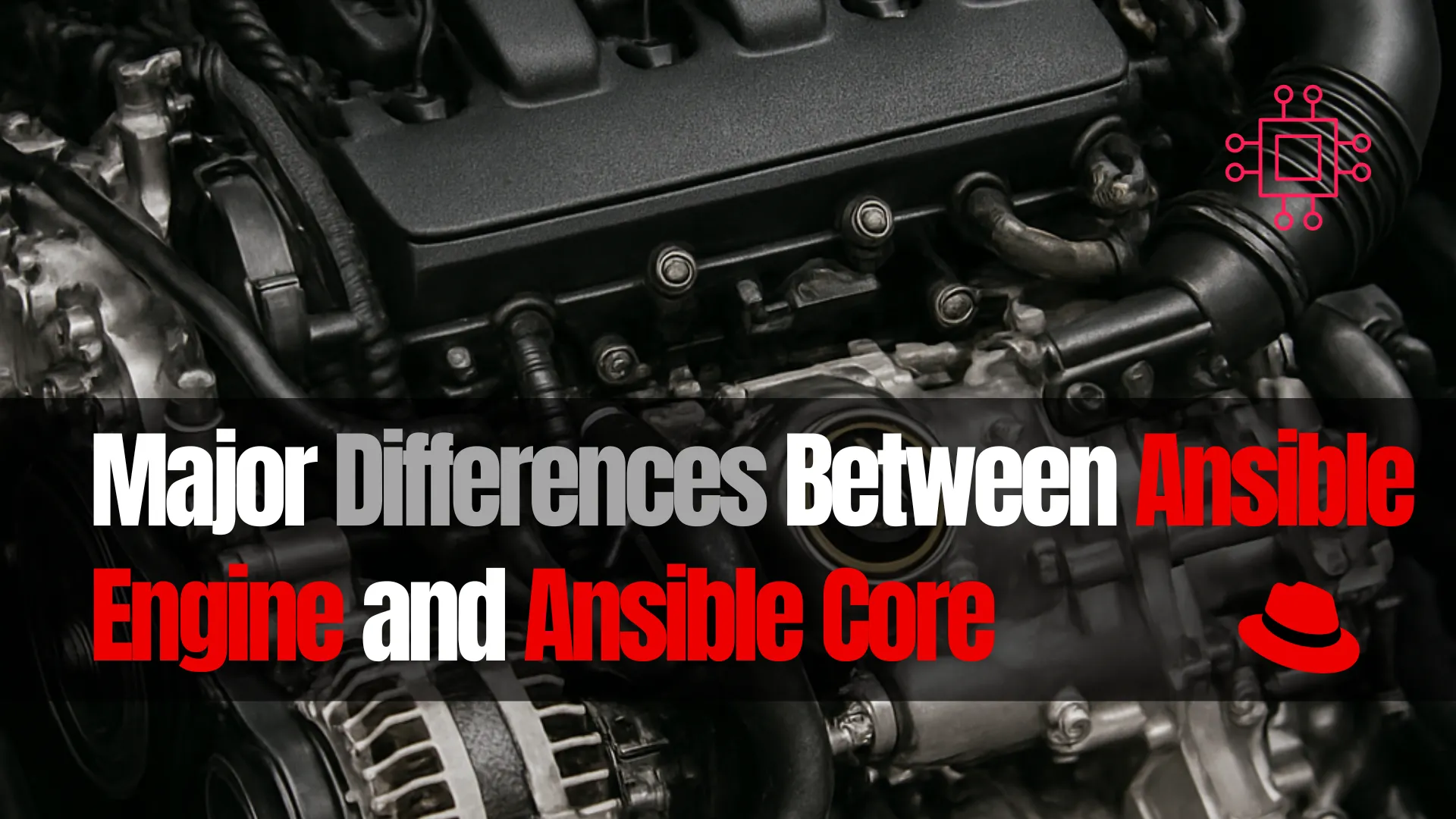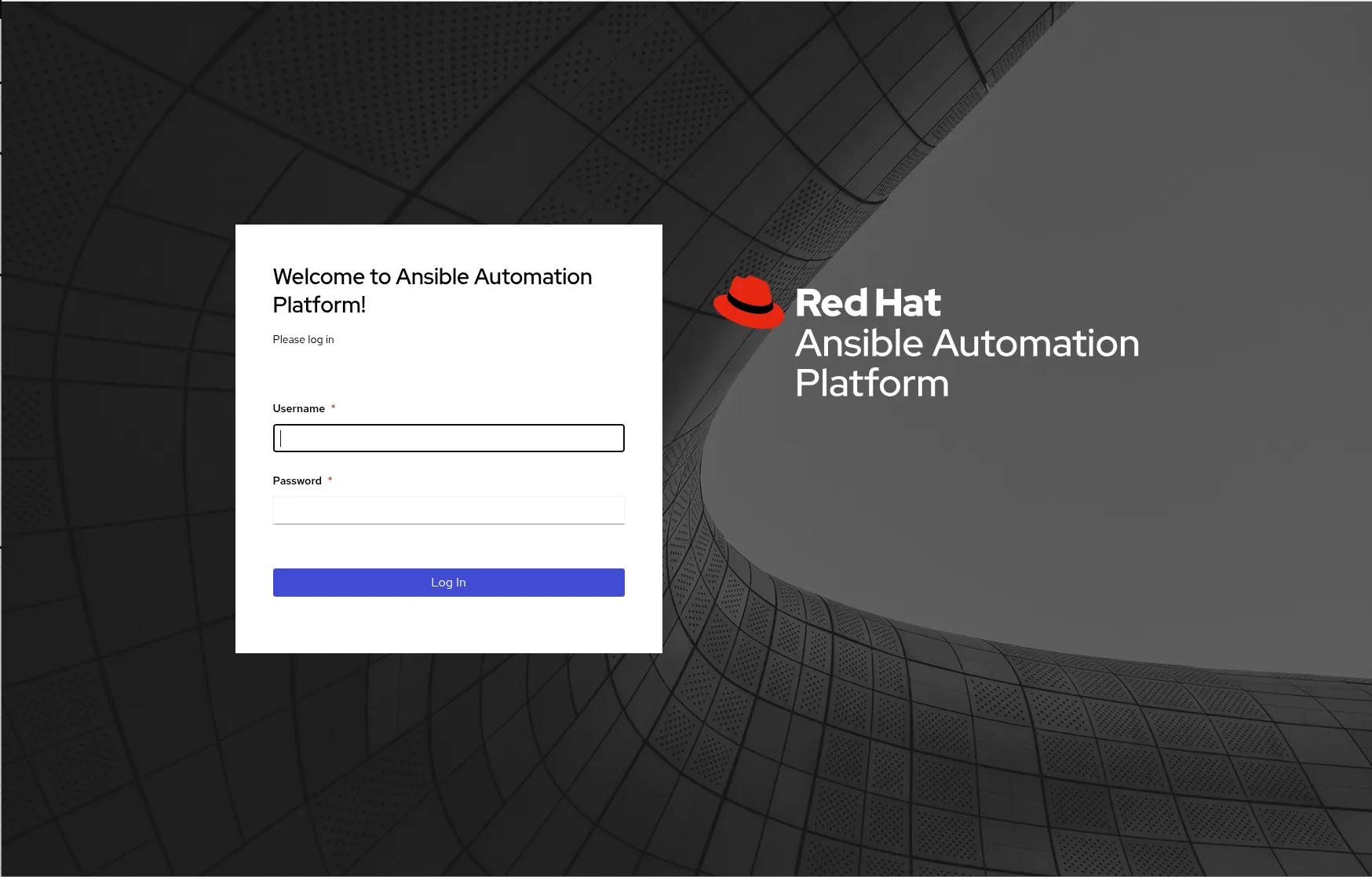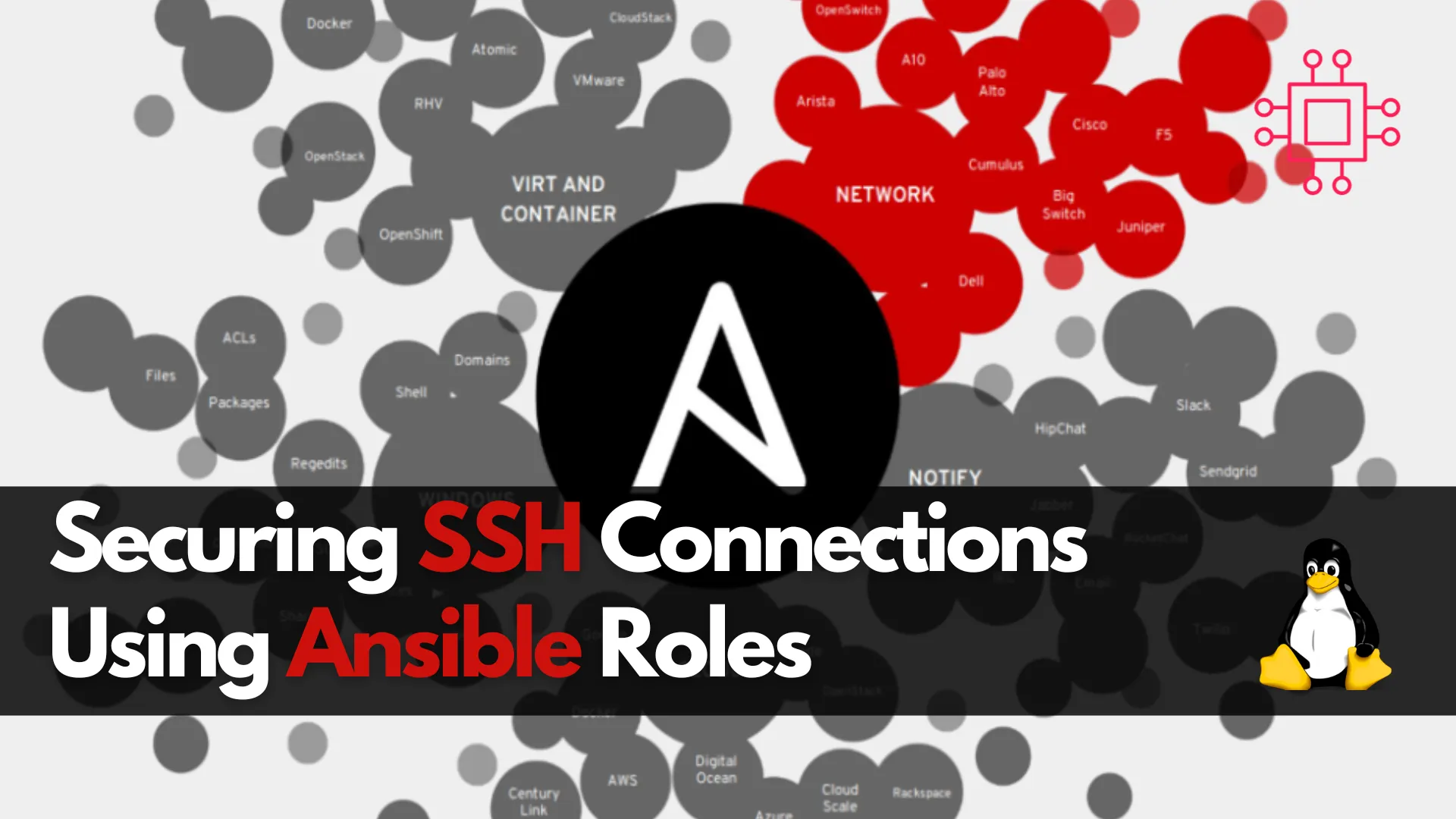
Learn how to automate mysql_secure_installation via Ansible roles for MySQL 8.4. Secure your MySQL installation at scale with this step-by-step guide. Table of Contents Introduction

Learn the key differences between Ansible Core and Red Hat Ansible Engine, now EOL. Understand the transition to Red Hat Ansible Automation Platform and how it impacts your automation strategy.
Ansible has long been a go-to tool for automation, configuration management, and application deployment. However, with its evolving product lineup and the release of newer offerings, it’s important to understand how Ansible Engine and Ansible Core fit into the larger Ansible ecosystem, especially in light of recent changes to Red Hat’s offerings.
⚠️Previously, Ansible Engine served as a commercial version of Ansible, supported by Red Hat. As of recent changes, Red Hat Ansible Engine has been officially discontinued in favor of Red Hat Ansible Automation Platform. |
In this blog post, we’ll dive into the major differences between Ansible Engine and Ansible Core, taking into account the most current product offerings from Red Hat and what these changes mean for automation users.
Ansible Core is the free and open-source version of Ansible, the powerful IT automation tool used for configuration management, provisioning, and task automation. Ansible Core includes the basic features needed for automating IT tasks, such as:
|
|
|
|
Ansible Core is open-source and community-supported, which means anyone can contribute and access the source code, making it ideal for smaller teams or personal use cases.
Ansible Engine was the commercial offering from Red Hat based on Ansible Core. This version of Ansible included certified modules, enterprise-grade support, and was backed by a commercial subscription. Red Hat used Ansible Engine as a bridge to its broader automation tools in the enterprise space.
However, Ansible Engine has reached its end of life (EOL) and is no longer supported. The successor to Ansible Engine is now the Red Hat Ansible Automation Platform, which offers even more advanced capabilities for enterprise environments, such as integration with Red Hat’s broader product ecosystem, enhanced security features, and enterprise-focused support.
| Feature | Ansible Core | Ansible Engine (EOL) | Red Hat Ansible Automation Platform |
|---|---|---|---|
| Availability | Open-source, free to use | No longer available or supported | Subscription-based, enterprise-focused |
| Support | Community-based (forums, GitHub issues) | No longer supported | Official support, SLAs from Red Hat |
| Security Updates | Community-driven, periodic updates | No longer receiving security updates | Regular security patches and updates from Red Hat |
| Certified Content | No certified modules or content | Certified content during active lifecycle | Certified content with strict compliance standards |
| Integration with Other Products | No direct integration with Red Hat products | Limited integration with Red Hat products | Full integration with Red Hat products (e.g., RHEL, OpenShift) |
| Enterprise Features | No advanced enterprise features | Some enterprise features but limited compared to newer platforms | Advanced features like Ansible Tower, automation controllers |
| Licensing | GNU General Public License (GPL) | EOL, no new licenses | Commercial license with subscription fee |
|
|
|
Ansible Core remains the foundation of all Ansible-based automation, and its features include:
|
|
|
|
The Red Hat Ansible Automation Platform builds on the capabilities of Ansible Engine but adds critical enterprise-focused features such as:
|
|
|
|
|
Practical Use Cases |
For small teams or developers looking for a simple, open-source automation tool, Ansible Core is perfect. For example, if you need to automate server configurations or deploy applications across a few machines, Ansible Core offers everything you need without the overhead of enterprise features.
CLI Example (Ansible Core): |
ansible-playbook -i inventory.ini my_playbook.yml
Red Hat Ansible Automation Platform Use Case: Large-Scale Enterprise Automation |
For enterprises managing large-scale infrastructure or multiple teams, Red Hat Ansible Automation Platform offers the scalability, security, and management capabilities required. With integrated tools like Ansible Tower, role-based access control (RBAC), and certified modules, the platform ensures that automation is consistent, secure, and fully supported.

Photo by admingeek from Infotechys
CLI Example (Ansible Automation Platform): |
awx-manage cleanup_jobs
jobs: 192 deleted, 16966 skipped.
ad hoc commands: 0 deleted, 0 skipped.
deleting "2025-03-08 00:42:58.486439+00:00-2-successful" (type manual)
deleting "2025-03-08 04:04:11.079404+00:00-15-successful" (type manual)
deleting "2025-03-08 04:08:02.234612+00:00-16-successful" (type manual)
deleting "2025-03-16 07:04:56.180005+00:00-75-failed" (type manual)
deleting "2025-03-16 07:05:23.806727+00:00-76-failed" (type manual)
deleting "2025-03-16 07:08:18.429588+00:00-77-failed" (type manual)
deleting "2025-03-16 07:09:54.722637+00:00-78-failed" (type manual)
deleting "2025-03-16 07:10:15.386545+00:00-79-failed" (type manual)
deleting "2025-03-16 07:10:29.569789+00:00-80-failed" (type manual)
deleting "2025-03-16 07:15:26.649313+00:00-81-failed" (type manual)
deleting "2025-03-16 07:15:36.224531+00:00-82-failed" (type manual)
deleting "2025-03-16 07:15:42.397928+00:00-83-failed" (type manual)
deleting "2025-03-16 07:15:50.553572+00:00-84-failed" (type manual)
deleting "2025-03-16 07:15:58.370989+00:00-85-failed" (type manual)
deleting "2025-03-16 07:22:09.659376+00:00-86-failed" (type manual)
deleting "2025-03-16 07:25:17.888717+00:00-87-failed" (type manual)
deleting "2025-03-16 07:25:26.795686+00:00-88-failed" (type manual)
project updates: 18 deleted, 91 skipped.
inventory updates: 0 deleted, 0 skipped.
deleting "2025-03-09 04:41:28.748474+00:00-47-successful" (type cleanup_jobs)
deleting "2025-03-11 04:41:35.533902+00:00-48-successful" (type cleanup_activitystream)
deleting "2025-03-14 04:42:59.724353+00:00-49-successful" (type cleanup_sessions)
deleting "2025-03-14 04:42:59.816335+00:00-50-successful" (type cleanup_tokens)
deleting "2025-03-16 04:41:15.946879+00:00-51-successful" (type cleanup_jobs)
deleting "2025-03-18 04:41:14.455084+00:00-158-successful" (type cleanup_activitystream)
deleting "2025-03-21 04:43:07.428448+00:00-195-successful" (type cleanup_sessions)
deleting "2025-03-21 04:43:07.528144+00:00-196-successful" (type cleanup_tokens)
deleting "2025-03-23 04:41:21.859355+00:00-221-successful" (type cleanup_jobs)
management jobs: 9 deleted, 104 skipped.
workflow jobs: 0 deleted, 0 skipped.
notifications: 0 deleted, 0 skipped.
To summarize, Ansible Core remains a powerful open-source tool for IT automation, while Red Hat Ansible Engine has been discontinued. For those still using Ansible Engine, it’s time to migrate to the Ansible Core or Red Hat Ansible Automation Platform for continued support, security patches, and enhanced features. Ansible Core continues to serve as the foundation for smaller, community and enterprise driven projects. Overall, users will benefit from the advanced capabilities offered by the Automation Platform.
Did you find this article useful? Your feedback is invaluable to us! Please feel free to share your thoughts in the comments section below.

Learn how to automate mysql_secure_installation via Ansible roles for MySQL 8.4. Secure your MySQL installation at scale with this step-by-step guide. Table of Contents Introduction

Learn how to set up and configure Ansible for DevOps automation with our step-by-step guide. Improve your workflow and productivity with Ansible for efficient infrastructure

Learn about securing SSH connections on RHEL 9 and CentOS 9 with Ansible roles. This guide covers key SSH security practices, Ansible playbook setup, and
